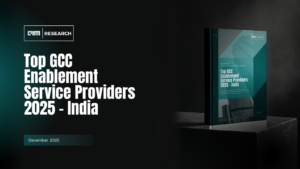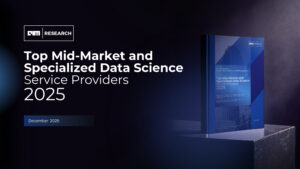Anil Prasad
Anil Prasad, Head of Engineering - software products, data and ML at Ambry Genetics is a seasoned leader with a passion for customer-centric innovation, extensive experience in software product development, engineering, and leadership. Renowned for driving enterprise transformation initiatives, he has consistently demonstrated a commitment to building high-performing teams, excelling in mentoring, and retaining top talent. His career spans impactful roles in Fortune 100 companies across technology, fintech, healthcare, medical devices, insurance, energy, utilities, global consulting, and centers of excellence and has also been a pivotal force in small business segments, adeptly shaping strategies, roadmaps, and execution plans. Currently, Anil is pursuing a PhD in Computer Science and Electrical Engineering with a focus on Artificial Intelligence and Machine Learning research.





